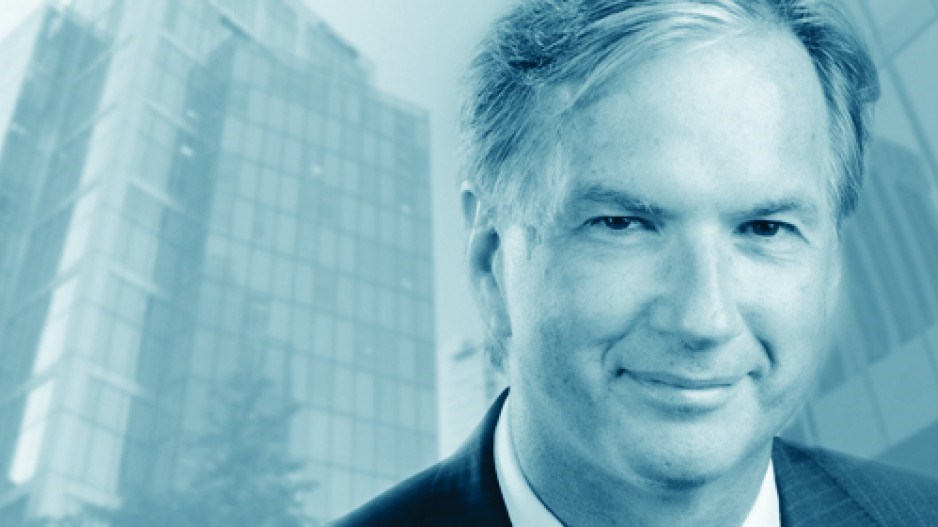“How would you like to look?”
For most, it’s an innocent question in a hair salon or barber shop when we book a time and place. We answer a variation of the question without much thought every few weeks, time and again. We usually don’t want much of a cut, just a bit off here and there to bring us back to where we were a couple of weeks ago. We get it done with, then move on to the rest of the day. We complain to the manager if it’s not our ideal.
“How would you like to look?”
For a few, it’s a profound question in a salon or shop – or wherever they are in reach of scissors or clippers out of sudden opportunity. They haven’t been asked that for as long as they can remember. They’re accustomed to something regimental or coarse or indifferent or unsightly, time and again. They don’t speak up because they don’t have any agency. Their experience is on the continuum on disrespect and disdain, of a constant degrading and derision.
In the back of Barber & Co. on Abbott Street in the Downtown Eastside, a tidy and committed charitable organization turns back the clock on an adult’s life and restores the dignity for a small stretch to give their hair the attention the rest of their beings deserve.
By appointment, Alysha Osborne spends five hours Wednesdays devoted to the residents in the compromised lives of single resident occupancy (SRO) in Vancouver. She and photographer Mihailo Subotic minister to the nearby neighbours out of their hearts; she cuts, he chronicles, they restore self-esteem in the moment.
They came to their benevolence out of no small hardship: Osborne the stepdaughter of a Downtown Eastside sex trade worker, Subotic the Yugoslavian immigrant who faced a tough welcoming to Canada. They don’t have easy answers on why they do this work, only that they do, but they both get verklempt (even masked, you can tell) in being asked.
On the chalkboard in the anteroom of their single-chair shop, there is the statistic: 313 cuts to date.
Our disgraceful, profound botch of the Downtown Eastside is a tired tale. Were it Toronto or Montreal, there is no doubt the most senior resources of the country would have been applied to burrow into the multiple roots and lend broader salvation to the lost daughters and sons.
But this is Vancouver, the edge of the continent, and from direct experience I can attest the district doesn’t make the nightly national news the way it would there. We are way out there, so it is not right there for the decision-makers to address.
Our strategy locally is containment, our incremental steps are outflanked by outbreaks of opioid use and emotional and physical hardship, our investment in the area is principally in the industry that administers it, our glacial moves to house cannot meet the needs, and our intersection with its reality can be averted with a right turn of the car or a chosen walking route around.
“People just see addiction and don’t see that there is a reason behind it,” Osborne tells me. “I believe in the saying that we have two hands, one to take care of ourselves and one to help others.”
Subotic has the more subtle role, because he wants to lend loving grace to those who sit in Osborne’s chair without stealing their souls. He can’t be snapping frames; he has to be the whisperer. They both have to deal with the occasional appointment arriving high, or a no-show, or more often the appointment arriving anxious about someone illustrating their transformation. They’ve pretty well seen it all, as has any merchant in the district, and they don’t flinch.
They’ve created a book named after their enterprise, 2 Paycheques Away…, and the before-and-after photographs are arrestingly moving in their depiction of lives rewound to a time when they would be treated more civilly without the judgment that today generally accompanies their presence.
I showed the book around later that day to a few people, and I was struck at how they all didn’t want to talk for a moment. I could see how a simple haircut, a stylized do, shook them and reordered their observation as if to bring the caricatures into a context that called them differently. It was stunning.
Even more impressive is that the two gather donations from suppliers for those who book their free cuts: clothes, food, toiletries, each month a different offering to ease the struggle that few of us can even imagine.
I was so smitten with the project that I didn’t bother to ask about the economics of their charity. I didn’t bother to find out how many squeezed into the five-hour window on a Wednesday for Osborne. I didn’t bother to learn if people showed up for their appointments.
How could that be the point, anyway? In the absence of a strategy in the Downtown Eastside, the selfless arrive with a tactic of taking care of the immediate void of needs, and we have to be grateful. •
Kirk LaPointe is publisher and editor-in-chief of BIV and vice-president, editorial, of Glacier Media.




